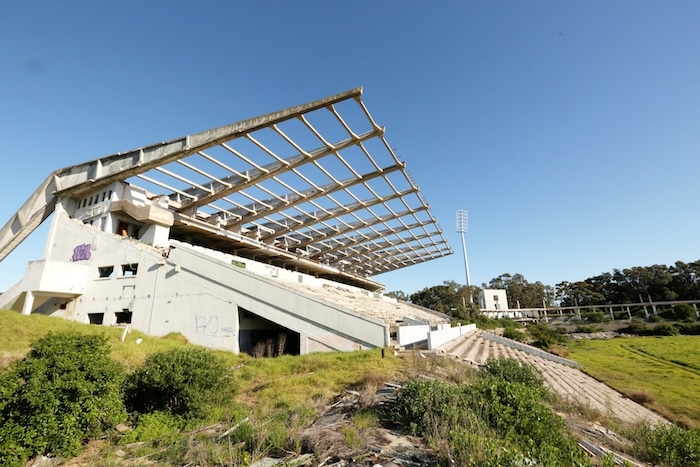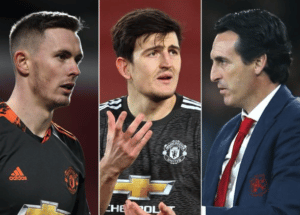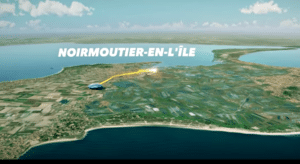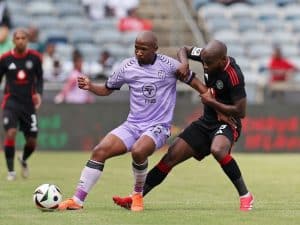There are many uncomfortable truths about South African sport, but perhaps more important than anything is the state of sports stadiums in the country, writes GARY LEMKE in SportsClub magazine
Take a drive around this beautiful land and the chances are you will stumble across some eye-watering sights. There are the good, the bad, the ugly and the downright unsafe. And that’s apart from tragedies of the kind that saw two fans die while trying to gain entry to the 2017 Black Label Cup final between Kaizer Chiefs and Orlando Pirates at the FNB Stadium in July.
Officials knew that the stench of death hung in the air outside the gates as fans were caught in the crush trying to get into the ground before kick-off, but the match went ahead. It was a disgusting piece of PR and an insult to human life that a football match was allowed to continue under those circumstances.
That evening’s TV news bulletins largely paid lip-service to the tragedy and the following morning’s Sunday papers also focused more on the match itself than the fact two people had died. This had nothing to do with the FNB Stadium in Soweto being a hazardous venue. In fact, it slots into the ‘elite’ category when it comes to A-list South African stadiums. Venue of the 2010 Fifa World Cup final, it’s an impressive structure and along with Durban’s Moses Mabhida, is one of only two of the 10 stadiums that hosted World Cup matches to now be profitable.
Many of the others, which include Cape Town Stadium, Mbombela Stadium (Mpumalanga), Peter Mokaba (Limpopo), Royal Bafokeng (North West) and Port Elizabeth’s Nelson Mandela Bay Stadium, are placing a huge strain on local municipalities’ finances and are in danger of becoming white elephants.
Elsewhere, a rising level of unemployment, poverty, crime and municipalities unable to maintain the facilities have seen once iconic stadiums fall into serious disrepair.
Sundowns, one of South Africa’s glamour football clubs, used to play in the iconic Odi Stadium. It was a 60 000-seater, some 30km north-west of Pretoria. That stadium is now one of many dotted around the country that is in a serious downhill spiral.
The lack of maintenance and vandals have left the stadium in ruins. Grass covers what used to be an athletics track and the soccer field and the grandstands are falling apart, literally.
Pretoria’s Berea Park has suffered a worse fate. ‘Most Pretoria teams, and touring teams like Chiefs, Pirates and Moroka Swallows, would testify to the ground being part of soccer history in the country,’ says former Chiefs striker and SuperSport United coach Shane McGregor.
The decay isn’t restricted to football stadiums. The fourth oldest rugby stadium in the country is the Boet Erasmus. Perhaps the phrase should be ‘was’. Officially opened in April 1960, when Scotland played against the Springboks, it became an iconic rugby venue. And, given that the Eastern Cape is one of the breeding grounds of black rugby players in South Africa, the fact it has been allowed to disintegrate has also hurt the development of the sport in the region.
Lest Capetonians sit with a high and mighty attitude, things aren’t altogether rosy in that part of the world either.
The Rugby Championship match between the Springboks and New Zealand in October only got the go-ahead after Newlands was able to convince authorities that the grand old lady of Cape Town sport is still sprightly enough to be considered ‘safe and secure’.
That’s despite ongoing pushes to have rugby relocate to the Cape Town Stadium, which is under-used but has received rave reviews whenever it is opened, whether it’s for a pop concert, a football match or sevens rugby.
No one is suggesting that the two people who died at the FNB Stadium in July succumbed due to inferior stadium facilities. In fact, it’s a discussion of an entirely different – but equally worrying – scenario.
Too many tickets are routinely printed on the black market for big derbies such as Chiefs and Pirates and stadium security isn’t equipped to handle the demand and the pressure at the gates.
At Orkney in 1991, some 42 fans died when 30 000 supporters attempted to cram into the 23 000-seater stadium for a match between the Soweto football giants. Chiefs were awarded a goal, some Pirates fans didn’t like what they saw and loss of life resulted.
Ten years later, 43 fans died at Ellis Park in Johannesburg when an estimated crowd of 90 000 tried to shoehorn into the 60 000-seater and all hell broke loose, resulting in loss of life. It remains the biggest tragedy in South African sporting history, a dark statistic that no one would want revisited.
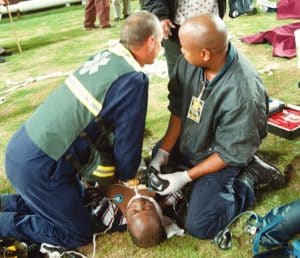
But now, in 2017, two more fans have died attending the same Soweto derby, at a third stadium. Worryingly, the storyline was similar to the previous two documented tragedies. Despite endless meetings with stadium management and security, there continues to be loss of life.
It has nothing to do with the state of a stadium, like the magnificent one in Soweto. It rather points to another flaw in the competence of those in charge of hosting matches at the facilities, combined with the problem of an illegal black market selling fraudulent tickets.
Yet, against the backdrop of some iconic and magnificent stadiums are those that are losing their gloss, a victim of mismanagement of municipal funds when it comes to maintenance, general upkeep – along with a lack of traffic through the gates to make the stadiums viable.
It is also not a discussion that needs to be a pigeon-hole marked ‘football’. Cast an eye around the country and take a note of the disturbing number of stadiums that were once magnificent beasts but are now simply little more than a decaying piece of South African history.
Whether it’s football, rugby, cricket, hockey, swimming, athletics, and more, facilities are increasingly looking worse for wear.
– This article first appeared in issue 112 of SportsClub magazine
Photos: Eugene Coetzee/Mpho Mphotho/Gallo Images


